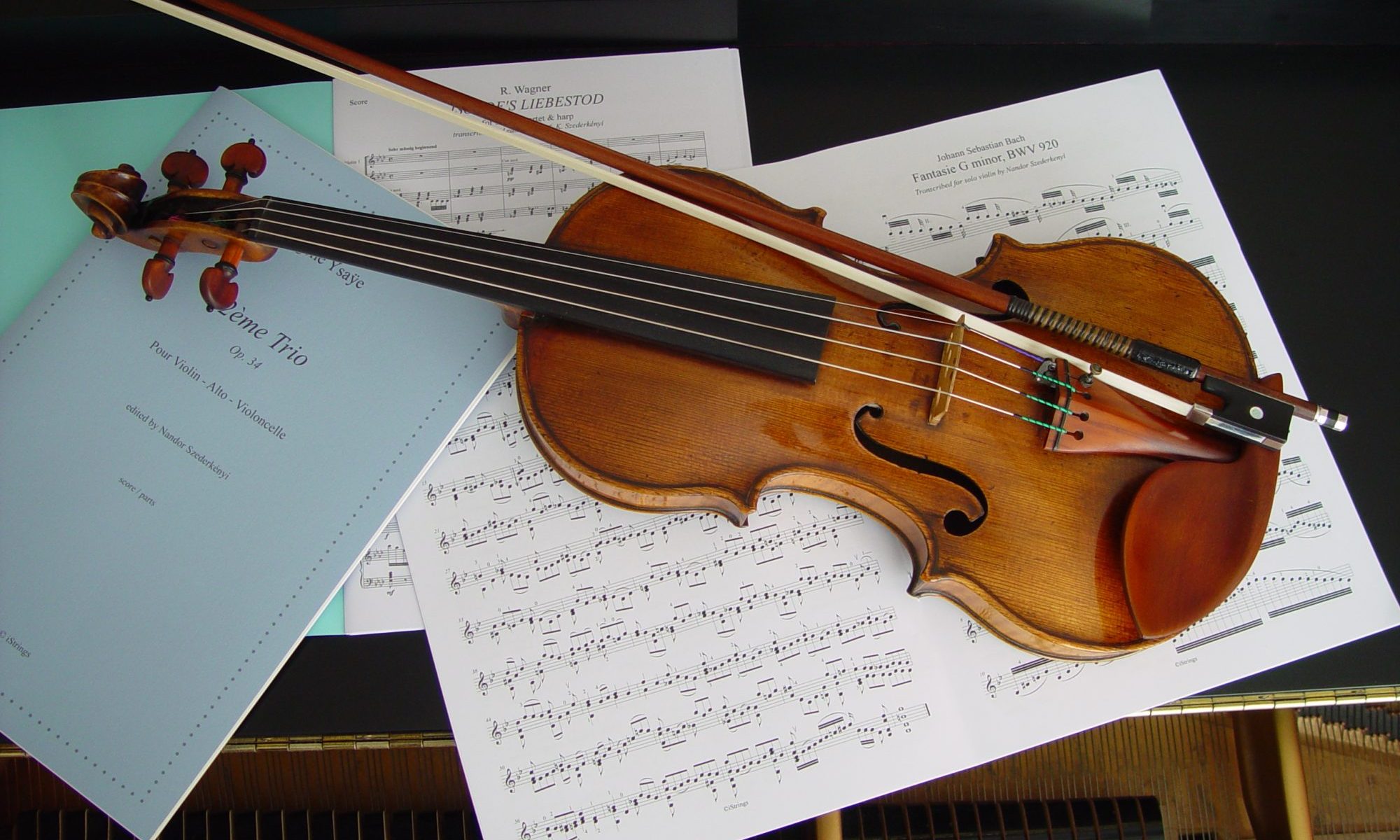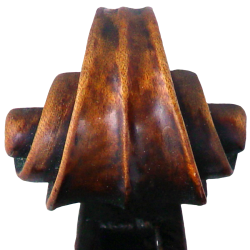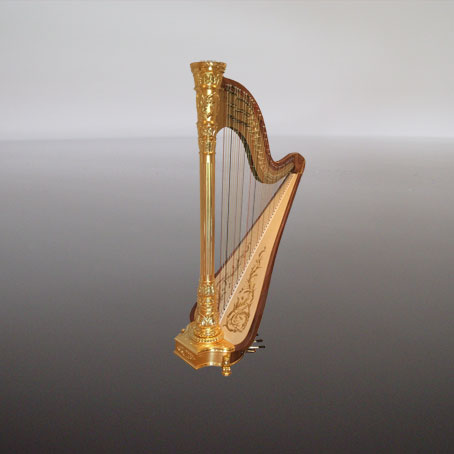Then there is one other problem:
unfortunately, because the major development of harp construction and technical advances for players started after much great music had already been written, the harp part is mostly less interesting. Often the harpist has to sit through long sections of works without playing a note, to fill in some hardly audible chords, or even worse, to play a cadenza alone with cold hands! Both scenarios are not very welcome by musicians.
Sometimes the harpist can actually go home, have dinner between entrances; obviously if he/she lives nearby.
And then there are those few operas where the orchestra needs eight harps, even on stage in order to hear them – a wonderful sight! I’m sure every harpist knows which music I am referring to – yes, that’s right! And some other composers used two harps doubling each other in order to be heard.
Well, of course, a number of composers used the harp mostly really as a background colour, which is alright. But these days, we just don’t have enough music for the hundreds of fantastic harpists. They finish their studies, go to competitions, if they win maybe they get some soloistic or chamber music possibilities, but finally most of them either find a place in an orchestra or in a teaching position. Often it is quite sad, because there are so few orchestra postions available, and especially with budget restraints, full-time harp positions are among the first to be cut. So that takes young players back to becoming background musicians, as ist was common 30-40 years ago.
It is my goal to encourage harpists to use their skills which they acquired during their studies to enable them to keep performing.


